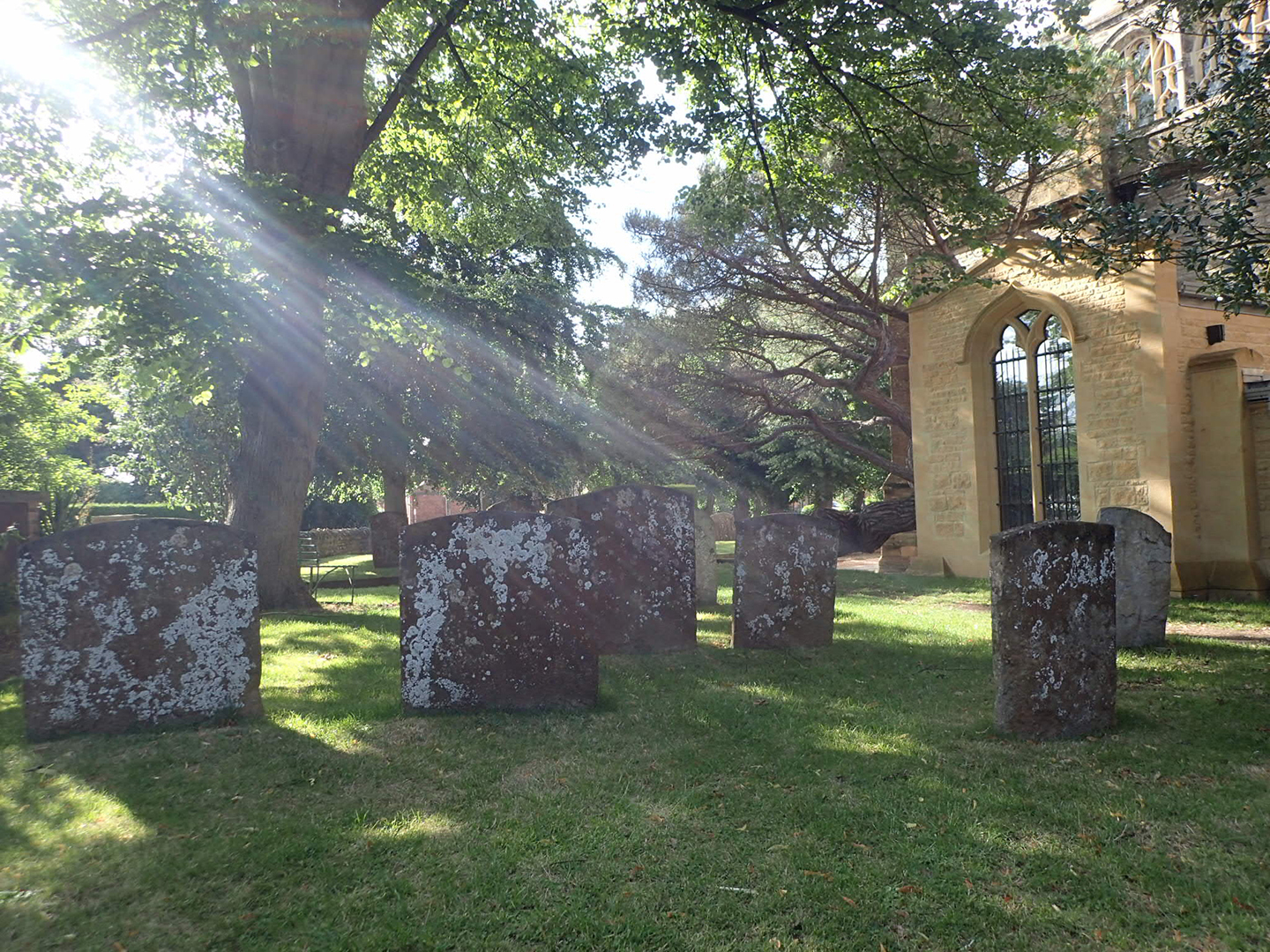10. For most of us, getting started is the hardest part.
9. This is true whether we’re talking about starting a draft of a story, or starting a long-term writing habit.
8. I stare at the screen, hundreds of students have told me over the years. The cursor blinks and blinks. I go check Instagram/Facebook/Snapchat/Twitter and when I come back, the screen is still blank, and the cursor is still taunting me.
Sounds painful, I say.
Oh, it is, they assure me.
7. Is all that pain and pressure necessary? (No) What if there was an easier way? (There is.)
6. Before you start rejoicing, read the following fine print: That “easier way” is going to be different for everyone. Every writer has a different process. What works for me may not work for you.
5. So how can you find your “easier way?” Trial and error. Try a bunch of different approaches until you find the way that works for you.
(Don’t worry, though. There shouldn’t be a whole lot of error. I’ve been helping writers get started for a while, and I have a pretty good sense of what works for most people.)
4. Give it ten days. That’s all I ask. Each day you’ll try something different. Each day you’ll reflect on how it went.
3. Skeptical? Think of this as a game. When you play a game, you don’t take half-measures. You don’t skulk around dubiously. You throw yourself into it.
2. By the end of this game, you’ll have made some important discoveries about your creative process. You’ll have a ton of material and a ton of momentum. You won’t have a finished draft of a story/essay/whatever, but we’re after bigger game here: forming the foundation of a sustainable writing practice. If we play this game right, you’ll keep rolling long after the regimen ends, and the stories/essays/whatevers will finish themselves.
1. Ready to start?
Here’s what you’ll need:
· Time
o About thirty minutes at first, and you’ll work up to about ninety minutes by the end of the regimen. Time is at the top of this list because it’s what writers need more than anything.
· A journal for writing & reflecting.
o The journal can be a physical notebook or computer documents. Your choice whether to type or write longhand. (Note for students: Your journal will be the cahier notebook.)
· A pen you like
o It doesn’t have to be superfancy. Just something you enjoy using. If you’re planning on typing everything, you don’t need to get a pen at all.
· A timer
o You’ll time your sessions. You can do this with a watch or an app or your kitchen timer, whatever’s convenient for you.
· A place to write
o This is purposely vague. Some people like the commotion of coffee shops, others like to write at home. Spend a little time thinking about what kind of place will be most beneficial (and least disruptive) for your writing.
· Snacks/drinks
o Totally optional.
After you gather your materials, proceed to Day 1.

This work is licensed under a Creative Commons Attribution-NonCommercial 4.0 International License.
